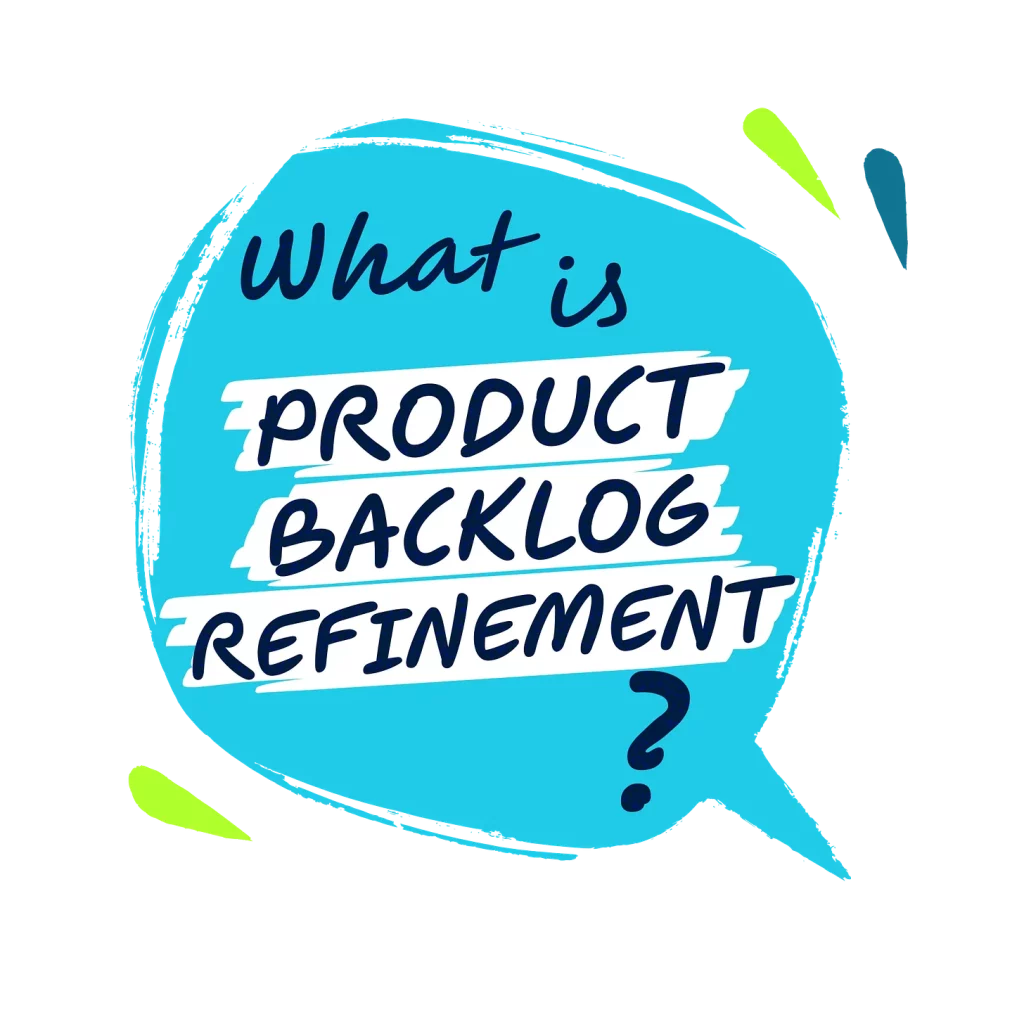PBR is the act of breaking down work. Further defining Product Backlog Items into smaller and more clear items can improve the Team’s focus, flow of work, and the Product Backlog ordering.
Product Backlog refinement can streamline product development, ensuring better alignment with customer needs. It enhances team focus, prioritisation, and ongoing improvement, directly linking efforts to business goals and customer value.
As a vital step in product development, it involves reviewing and updating the Product Backlog, an ordered list of product features, fixes, and enhancements.
This practice, which is not a scrum event but is mentioned in the Scrum Guide as an ongoing activity, ensures that the backlog remains relevant, detailed, and sized. This is a continuous effort to incorporate details such as description, order, and size.
1. Continuous Improvement:
Product Backlog refinement isn’t just an occasional update; it’s an ongoing commitment to excellence. The regular refinement of the backlog by the team ensures that every item is relevant and has just enough detailed needed for development or next stage of work, fostering a culture of continuous progress and quality enhancement.
2. Collaboration is Key:
Effective Product Backlog refinement involves teamwork and open communication. Engaging all stakeholders in discussions about priorities and changes ensures a shared vision and commitment, leading to a more cohesive and responsive product development process.
3. Clarity and Detail:
Breaking down large items into smaller ones during Product Backlog refinement clarifies the desired result, scope and requirements and can help in improving the next planning session or Sprint Planning event, by reducing uncertainties.
4. Sizing:
Accurately sizing the work or estimating the complexity of each backlog item enables better ordering and planning. This foresight helps manage expectations and guides the team in allocating their time and effort efficiently. The Developers who will be doing the work are responsible for sizing.
5. Ordering:
Effective Product Backlog refinement can help the team to focus first on the most valuable items. By assessing each item’s value, risk, size or dependencies, the team can focus guided by the product and business objectives. This is needed in order to satisfy the products’ and customers’ critical needs.
6. Adaptability:
In an ever-changing market, adaptability is critical. Product Backlog refinement allows teams to adjust their plans based on new information, ensuring the product remains relevant and competitive. This flexibility is crucial for navigating uncertainties and grabbing opportunities.
Product Backlog refinement is essential to the daily work of building products. It’s a dynamic process that keeps product development aligned with user needs and market trends.
By fostering collaboration, clarity, and adaptability, Product Backlog refinement helps teams prioritise effectively, estimate work more accurately, and continuously improve the product. This is crucial for maintaining a clear vision and direction for product development, ensuring the team’s efforts align with the overarching product and business vision and goals, and delivering customer value.


